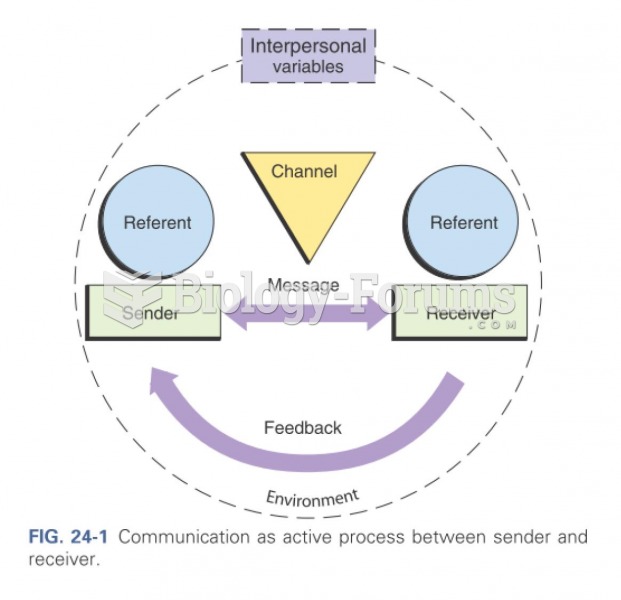Answer to Question 1
It is possible that a difference in education level, culture, and other characteristics of Jared and Juan, a first generation Latin American, is affecting Juan and creating a barrier for effective communication. Noise from the theater class in the adjacent room or interruptions could be affecting Juan's ability to concentrate. Physical interferences in the channel, including a noisy environment, interruptions, and uncomfortable surroundings, can also create a barrier for effective communication. It is possible that Juan is preoccupied with other problems and is not concentrating in class. Mental distractions, such as the preoccupation and developing a response, rather than listening, create barriers to understanding.
Answer to Question 2
Orton requested for a personal meeting with Stephanie to discuss her problems, her work and methods of doing it, and her perception of the organization. This type of communication is called upward communication, where the management requests for feedback from lower organizational levels. However, this type of communication can be misleading because Stephanie might be unwilling to discuss her problems with a superior officer like Orton. Stephanie's message might contradict her true feelings and perceptions. Orton, therefore, might have requested for a meeting with Alan to discuss her problems and give feedback. Upward communication paves the way for effective downward communication, in which the communication flows from Orton to the employees. After receiving feedback from Alan and Stephanie, Orton might find himself in a better position to help Stephanie to perform her tasks effectively.







